Home>Garden Essentials>When To Sow Poppy Seeds
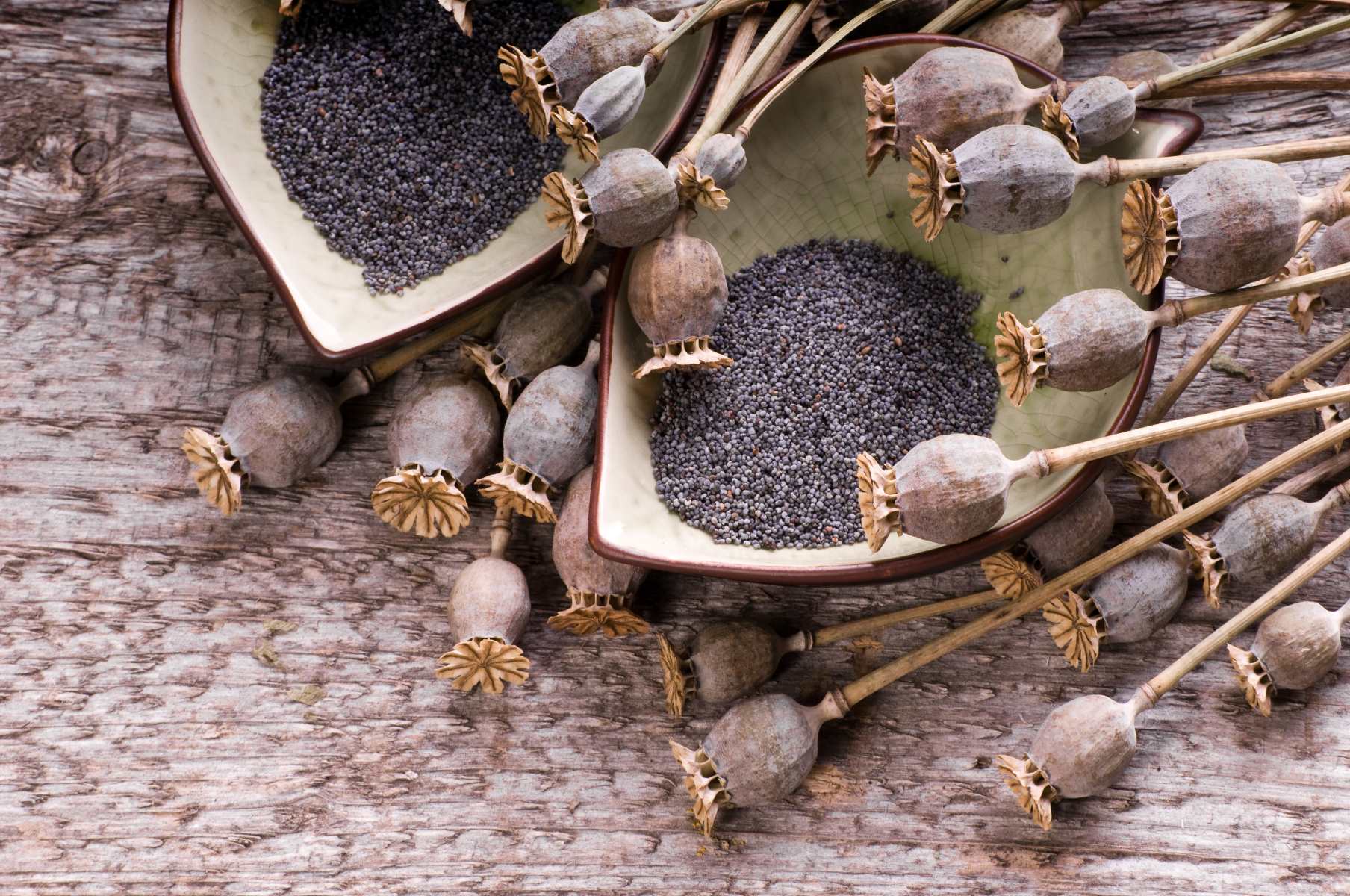

Garden Essentials
When To Sow Poppy Seeds
Modified: August 28, 2024
Learn when to sow poppy seeds in your garden and ensure a vibrant and beautiful display of these stunning flowers. Discover the best timing for optimal results.
(Many of the links in this article redirect to a specific reviewed product. Your purchase of these products through affiliate links helps to generate commission for Storables.com, at no extra cost. Learn more)
Introduction
Welcome to the wonderful world of poppy seeds! If you’re a garden enthusiast looking to add a touch of beauty and elegance to your outdoor space, poppy seeds are a fantastic choice. These tiny, yet mighty seeds have been revered for centuries for their vibrant colors and delicate blooms. From the iconic red poppies of Flanders fields to the enchanting blue Himalayan poppies, there is a wide range of varieties to suit every garden style and personal preference.
Before embarking on your poppy seed sowing journey, there are a few important factors to consider. Timing, climate, and soil conditions all play an essential role in the success of your poppy plants. In this comprehensive guide, we will delve into the best time to sow poppy seeds, methods for preparing the soil, tips for successful germination, and caring for poppy plants throughout their growth stages.
Whether you’re a seasoned gardener or a beginner with a green thumb, this article will provide you with all the information you need to create a stunning poppy-filled oasis in your garden.
Key Takeaways:
- Sow poppy seeds in spring for most regions, but adjust timing for colder, subtropical, and tropical climates. Prepare soil, provide warmth, and protect seeds for successful germination.
- Harvest poppy seeds when pods are mature, dry them, and store in a cool, dark place. Enjoy the beauty of poppy blooms and the versatility of their flavorful seeds.
Read more: When To Sow Lupine Seeds
Factors to Consider Before Sowing Poppy Seeds
Sowing poppy seeds requires careful consideration of several factors to ensure optimal growth and blooming. By taking these factors into account, you can set your poppy plants up for success right from the start.
Climate: Poppy plants are typically grown as annuals or biennials, depending on the variety. It’s important to choose poppy varieties that are well-suited to your specific climate. Some poppy species thrive in cooler climates, while others prefer warmer temperatures. Understanding your local climate and selecting the appropriate poppy species will increase your chances of success.
Sunlight: Poppy plants love sunshine! They require at least 6-8 hours of direct sunlight per day to thrive and produce abundant blooms. Before sowing poppy seeds, identify a location in your garden that receives ample sunlight to ensure healthy growth.
Soil Type: Poppies prefer well-drained, fertile soil. They can tolerate a range of soil types, including sandy, loamy, or clay soils. However, it’s important to avoid waterlogged or heavy clay soils, as they can lead to root rot and hinder the growth of your poppy plants. If your soil is heavy or compacted, consider amending it with organic matter to improve its drainage and fertility.
Watering: While poppy plants require regular watering, it’s crucial to strike a balance to prevent overwatering. Excessive moisture can lead to root rot and other fungal diseases. Water your poppy plants deeply but infrequently, allowing the soil to dry out slightly between waterings. This will encourage healthy root development and prevent waterlogged conditions.
Competition: Poppies don’t fare well when competing with other aggressive plants. Before sowing poppy seeds, ensure that the selected area is free from invasive weeds or plants that may overshadow or outcompete the poppy plants for resources. Keep the area around your poppy plants clear of weeds to minimize competition and maximize their growth potential.
Pests and Diseases: While poppy plants are relatively low-maintenance, they can be susceptible to certain pests and diseases. Slugs and snails are common culprits that may feed on young poppy seedlings. Additionally, fungal diseases such as powdery mildew can occur in humid or overcrowded conditions. Regular monitoring and appropriate preventive measures, such as using organic pest controls or providing adequate spacing between plants, can help minimize the risk of pest infestations and diseases.
By considering these factors before sowing poppy seeds, you can create a favorable environment for your poppy plants to thrive and flourish. Now that we’ve explored the key considerations, let’s move on to discuss the best time to sow poppy seeds in your garden.
Best Time to Sow Poppy Seeds
The timing of sowing poppy seeds is crucial for their successful germination and growth. Depending on your location and climate, the best time to sow poppy seeds can vary. However, there are some general guidelines to keep in mind.
Spring Sowing: In most regions, spring is the ideal time to sow poppy seeds. As the temperature begins to warm up, the soil becomes more conducive to seed germination. Aim to sow poppy seeds in early to mid-spring when the soil is workable and the risk of frost has passed. This allows the seeds to establish themselves before the heat of summer sets in, providing them with ample time to bloom.
Fall Sowing: In cooler climates, fall sowing can also be successful for certain poppy varieties. By sowing in late summer or early fall, the seeds have a chance to experience a period of cold stratification over the winter months. This mimics the natural conditions that poppy seeds require to break dormancy and germinate. Once the temperatures start to warm up in the spring, the seeds will sprout and grow robustly.
It’s important to note that some poppy varieties have specific sowing requirements. For example, the California poppy (Eschscholzia californica) prefers to be sown in the fall, while the Oriental poppy (Papaver orientale) is typically sown in the spring. Therefore, it’s crucial to read the specific instructions provided on the seed packet or consult reputable gardening resources to determine the ideal sowing time for your chosen poppy variety.
In addition to timing, it’s essential to consider the local growing conditions when determining the best time to sow poppy seeds. Factors such as temperature, frost dates, and the length of the growing season can vary greatly from region to region. By taking these factors into account, you can ensure that the timing of your poppy seed sowing aligns with the optimal conditions for germination and growth.
Now that we understand the best timing for sowing poppy seeds, let’s discuss how to prepare the soil to provide the optimal growing environment for these beautiful flowers.
Sowing Poppy Seeds in Different Regions
Sowing poppy seeds successfully depends not only on timing but also on the specific climate of the region where you live. Different regions have different growing conditions, and understanding how to adapt your sowing techniques to these conditions is key to achieving optimal results.
1. Temperate Regions: In temperate regions, such as parts of North America, Europe, and Australia, the best time to sow poppy seeds is often in early spring when the soil has warmed up and the risk of frost has passed. The moderate temperatures and longer growing seasons of these regions provide ideal conditions for poppy seed germination and growth. Sow the seeds directly into well-prepared soil, ensuring they receive adequate sunlight and moisture for optimal growth.
2. Cold Regions: For gardeners in colder climates with shorter growing seasons, such as northern parts of the United States, Canada, and Europe, adapting your sowing technique is essential. Consider sowing poppy seeds in the fall, allowing them to experience a period of cold stratification over the winter. This will help break their dormancy and promote germination when the temperatures warm up in spring. Alternatively, you can start the seeds indoors in late winter and transplant the seedlings outdoors after the last frost has passed.
3. Subtropical and Mediterranean Regions: In regions with mild winters and hot, dry summers, such as parts of California, Southern Europe, and parts of Australia, poppy seeds can be sown in the fall or early winter for winter flowering. The cool temperatures and winter rainfall provide favorable conditions for seed germination and establishment. Alternatively, you can sow the seeds in early spring for a late spring/early summer display. Be sure to provide adequate water during the dry summer months to keep the plants healthy and thriving.
4. Tropical Regions: In tropical regions with consistently warm temperatures, sowing poppy seeds can be more challenging. Poppy plants prefer cooler temperatures for optimal growth and flowering. However, if you still wish to grow them in tropical regions, consider sowing the seeds in the cooler months of the year when temperatures are milder. Additionally, provide shade and protection from intense sun exposure during the hottest part of the day. Adequate soil moisture and well-drained soil are crucial in tropical regions to prevent waterlogged conditions.
Adapting your sowing techniques to the specific conditions of your region will greatly increase your chances of success when growing poppy seeds. By understanding the climate and making the necessary adjustments, you can enjoy the beauty of these captivating flowers in your garden. Once the seeds are sown, it’s important to prepare the soil to provide the best environment for germination. Let’s explore soil preparation in the next section.
Preparing the Soil for Poppy Seeds
Proper soil preparation is essential for the successful growth and development of poppy seeds. By taking the time to prepare the soil, you create an optimal environment for the seeds to germinate and the plants to thrive. Here are some steps to follow when preparing the soil for sowing poppy seeds:
1. Clear the Area: Start by clearing the area where you plan to sow your poppy seeds. Remove any weeds, rocks, or debris that may hinder the growth of your poppy plants. This will provide a clean slate for your seeds to establish themselves without competition.
2. Loosen the Soil: Poppy seeds require loose, well-drained soil for healthy growth. Use a garden fork or tiller to loosen the soil to a depth of at least 6-8 inches. This will improve the soil’s texture, allowing for better root penetration and water drainage.
3. Amend the Soil: If your soil is heavy or lacks fertility, it’s beneficial to amend it with organic matter. Incorporate well-rotted compost, aged manure, or peat moss into the soil to improve its nutrient content and moisture-retaining ability. This will provide a nutrient-rich bed for your poppy seeds to grow in.
4. Test the pH: Poppies prefer slightly acidic to neutral soil with a pH between 6.0 and 7.5. Use a soil testing kit to determine the pH of your soil. If the pH is outside the desired range, you can modify it by adding organic matter or pH-adjusting amendments available at garden centers.
5. Rake the Soil: After amending and adjusting the soil, use a rake to smooth out the surface and create a level planting bed. This will allow the seeds to make good contact with the soil and ensure even germination.
6. Consider Seed Scarification: Some poppy species have hard seed coats that may require scarification to improve germination. Scarification is the process of breaking or thinning the seed coat to promote better water absorption. This can be done by lightly rubbing the seeds with sandpaper or soaking them in water overnight before sowing. However, not all poppy seeds require scarification, so be sure to read the specific instructions for your chosen variety.
By following these steps, you can create an ideal environment for your poppy seeds to germinate and establish themselves. Once the seeds are sown, proper care during the germination and growth stages is essential. In the next section, we will explore tips for successful germination of poppy seeds.
Sow poppy seeds in early spring or late fall for best results. Choose a sunny spot with well-drained soil and scatter the seeds on the surface, then lightly press them into the soil. Keep the area moist until the seeds germinate.
Read more: When To Sow Kale Seeds
Tips for Successful Germination of Poppy Seeds
Germinating poppy seeds can be a rewarding and exciting process. To increase your chances of successful germination, follow these tips and techniques:
1. Sow the Seeds on the Surface: Poppy seeds are tiny, and they require light to germinate. Instead of burying them deep in the soil, sow the seeds on the surface and gently press them into the soil. This will allow them to receive the required amount of light to initiate germination.
2. Keep the Soil Moist: Poppy seeds need consistent moisture to germinate. After sowing, water the soil gently to ensure it remains moist but not waterlogged. Using a fine mist or a watering can with a fine rose attachment can help prevent the seeds from being dislodged or buried too deep.
3. Consider Using a Seed Tray: To maintain consistent moisture levels and protect the seeds, consider using a seed tray or a shallow container with good drainage. This will allow you to monitor and control the moisture levels more effectively than in the garden soil.
4. Provide Warmth: Poppy seeds germinate best in warm temperatures. You can create a warm environment by placing the seed tray or container on a heat mat or near a heat source, such as a heater or a sunny windowsill. Aim for temperatures around 65-75°F (18-24°C) to promote quicker and more uniform germination.
5. Be Patient: Poppy seeds can take anywhere from 10 days to several weeks to germinate, depending on the variety and growing conditions. Be patient, and resist the urge to dig up the seeds to check if they are sprouting. Trust the process and provide the necessary care and conditions for successful germination.
6. Protect from Predators: Poppy seeds can be enticing to birds, squirrels, and other animals. To protect your seeds from being eaten, consider covering the newly sown area with a fine mesh or floating row cover. This will deter pests while still allowing sunlight and moisture to reach the seeds.
7. Thin the Seedlings: Once the poppy seedlings emerge, thin them out to allow for proper spacing and airflow. Crowded seedlings are more susceptible to diseases and competition for resources. Aim for a spacing of 6-8 inches (15-20 cm) between each plant to give them room to grow and develop.
8. Mulch the Soil: Applying a layer of organic mulch, such as straw or shredded bark, around the seedlings can help conserve soil moisture, suppress weed growth, and regulate soil temperature. Avoid placing the mulch directly on top of the seedlings but keep it a few inches away from the base of the plants.
By following these tips, you can increase the success rate of poppy seed germination and give your plants a healthy start. Once the seedlings are established, they will require proper care and maintenance. In the next section, we will explore how to maintain and care for your poppy plants.
Maintaining and Caring for Poppy Plants
Once your poppy seeds have germinated and the seedlings have emerged, it’s important to provide proper care and maintenance to ensure their healthy growth and beautiful blooms. Here are some tips to help you maintain and care for your poppy plants:
1. Watering: Poppy plants require regular watering, especially during dry periods. Keep the soil consistently moist but be cautious of overwatering, as it can lead to root rot. Water deeply, allowing the water to penetrate the soil and reach the roots. Avoid wetting the foliage as this can increase the risk of diseases.
2. Mulching: Apply a layer of organic mulch, such as straw or shredded bark, around the base of the poppy plants. Mulching helps retain moisture, suppress weed growth, and maintain a moderate soil temperature. Ensure that the mulch is not in direct contact with the stems of the plants to prevent rotting or disease development.
3. Fertilizing: Poppy plants generally do not require heavy fertilization. However, if your soil lacks nutrients, you can apply a balanced, slow-release fertilizer in early spring. Avoid over-fertilization, as excessive nitrogen can result in lush foliage at the expense of blooming. Always follow the instructions provided on the fertilizer package.
4. Stake Support: Some taller poppy varieties may benefit from staking to prevent bending or breaking of the stems. As the plants grow, gently insert stakes near the base and loosely tie the stems to provide support. This is especially important in areas prone to strong winds or heavy rainfall.
5. Deadheading: To promote continuous blooming and prevent self-seeding, it’s recommended to deadhead the spent flowers. This involves removing the faded blooms by cutting the stems just above a pair of healthy leaves or buds. Deadheading redirects the plant’s energy to produce new flowers rather than seed production.
6. Pest and Disease Control: Poppy plants are generally resistant to most pests and diseases. However, they can be susceptible to aphids, slugs, and fungal diseases such as powdery mildew. Monitor your plants regularly and take appropriate preventive measures, such as using organic pest controls or employing cultural practices like proper spacing and good airflow to minimize the risks.
7. Support Wildlife: Poppy plants attract beneficial insects such as bees and butterflies, which aid in pollination. Encourage the presence of these pollinators by creating a pollinator-friendly garden with a variety of flowering plants. Avoid using pesticides that harm beneficial insects and consider incorporating native wildflowers to provide additional food sources for wildlife.
By following these maintenance and care tips, you can ensure that your poppy plants not only survive but thrive, resulting in a stunning display of colorful blooms. Now let’s move on to the exciting part—harvesting poppy seeds!
Harvesting Poppy Seeds
One of the most rewarding aspects of growing poppies is harvesting the seeds. Poppy seeds are not only delicious in culinary dishes but also make a stunning addition to flower arrangements. Here are some steps to help you harvest poppy seeds:
1. Wait for Seed Pod Maturity: Patience is key when it comes to harvesting poppy seeds. Allow the poppy seed pods to fully mature on the plants. The pods will start to dry and turn brown, and the top of the pod will develop small holes or slits. This is an indication that the seeds are ready for harvest.
2. Timing is crucial: Harvest the poppy seed pods as soon as the slits or holes appear. If you wait too long, the seeds may disperse naturally, making it difficult to collect them. It’s best to monitor the pods regularly and harvest them promptly when they reach the desired stage of maturity.
3. Cut the Seed Pods: Using a sharp pair of scissors or pruning shears, carefully cut the seed pods from the stem. Place a container or a bag underneath to catch any stray seeds that may fall during the process. Handle the seed pods gently to avoid damaging them or causing premature seed release.
4. Dry the Seed Pods: After harvesting, place the seed pods in a well-ventilated and dry area. To ensure proper drying, spread them out in a single layer on a clean tray or screen. Allow the seed pods to dry completely for several weeks until they become brittle and the seeds are easy to remove.
5. Extracting the Seeds: Once the seed pods are fully dry, gently shake or tap them to dislodge the seeds. Alternatively, you can carefully open the pods by hand and remove the seeds manually. Be cautious not to lose any seeds during this process. Collect the extracted seeds in a clean container or envelope for storage.
6. Storage: To keep the poppy seeds fresh and viable, store them in an airtight container in a cool, dark, and dry place, such as a pantry or refrigerator. Properly stored poppy seeds can maintain their viability for several years, allowing you to enjoy a continuous supply for various culinary and gardening purposes.
7. Seed Saving: If you’re interested in growing poppies again in the future, you can save some seeds for sowing in the following season. Ensure that the saved seeds are completely dry before storing them. Label the container with the seed variety and the date of harvest for easy reference.
Harvesting poppy seeds allows you to enjoy the beauty of the flowers and reap the rewards of their delicious and versatile seeds. Whether you use them in baking, culinary creations, or simply admire them in your garden, poppy seeds add a delightful touch to any setting.
Now that you’ve learned how to harvest poppy seeds, you have all the knowledge you need to successfully grow, care for, and enjoy these beautiful and versatile plants. Happy gardening!
Conclusion
Growing poppy seeds brings a sense of beauty and enchantment to any garden. From their delicate blooms to their nutritious and flavorful seeds, poppies offer a captivating experience for garden enthusiasts and culinary adventurers alike. By understanding the factors that contribute to successful poppy seed sowing, you can create an optimal environment for these plants to thrive.
Consider your climate, sunlight, soil type, and watering needs when choosing the best time to sow poppy seeds. Adapt your sowing techniques to the specific conditions of your region, whether it’s a temperate, cold, subtropical, or tropical climate. Prepare the soil by clearing the area, loosening and amending the soil, and ensuring proper pH levels. Follow tips for successful germination, including surface sowing, moisture control, providing warmth, and protecting the seeds from predators.
After the poppy seeds have germinated, maintaining and caring for the plants is essential. Water them adequately, mulch around the base, provide support if needed, and practice deadheading to encourage continuous blooming. Protect your poppies from pests and diseases, and create a welcoming habitat for pollinators.
Finally, enjoy the gratifying experience of harvesting poppy seeds. Wait for the seed pods to fully mature, carefully cut them from the stem, and allow them to dry. Extract the seeds and store them properly for future use or seed saving.
By following these guidelines, with a touch of creativity and a passion for gardening, you can create a captivating poppy-filled oasis in your outdoor space. Whether you’re savoring the delectable seeds in your favorite recipes or finding inspiration in the vibrant blooms, poppy seeds are sure to bring joy and beauty to your garden year after year.
So go ahead, sow those poppy seeds and watch them flourish. Embrace the wonders of nature as you embark on your journey with these enchanting plants. Happy gardening!
Frequently Asked Questions about When To Sow Poppy Seeds
Was this page helpful?
At Storables.com, we guarantee accurate and reliable information. Our content, validated by Expert Board Contributors, is crafted following stringent Editorial Policies. We're committed to providing you with well-researched, expert-backed insights for all your informational needs.
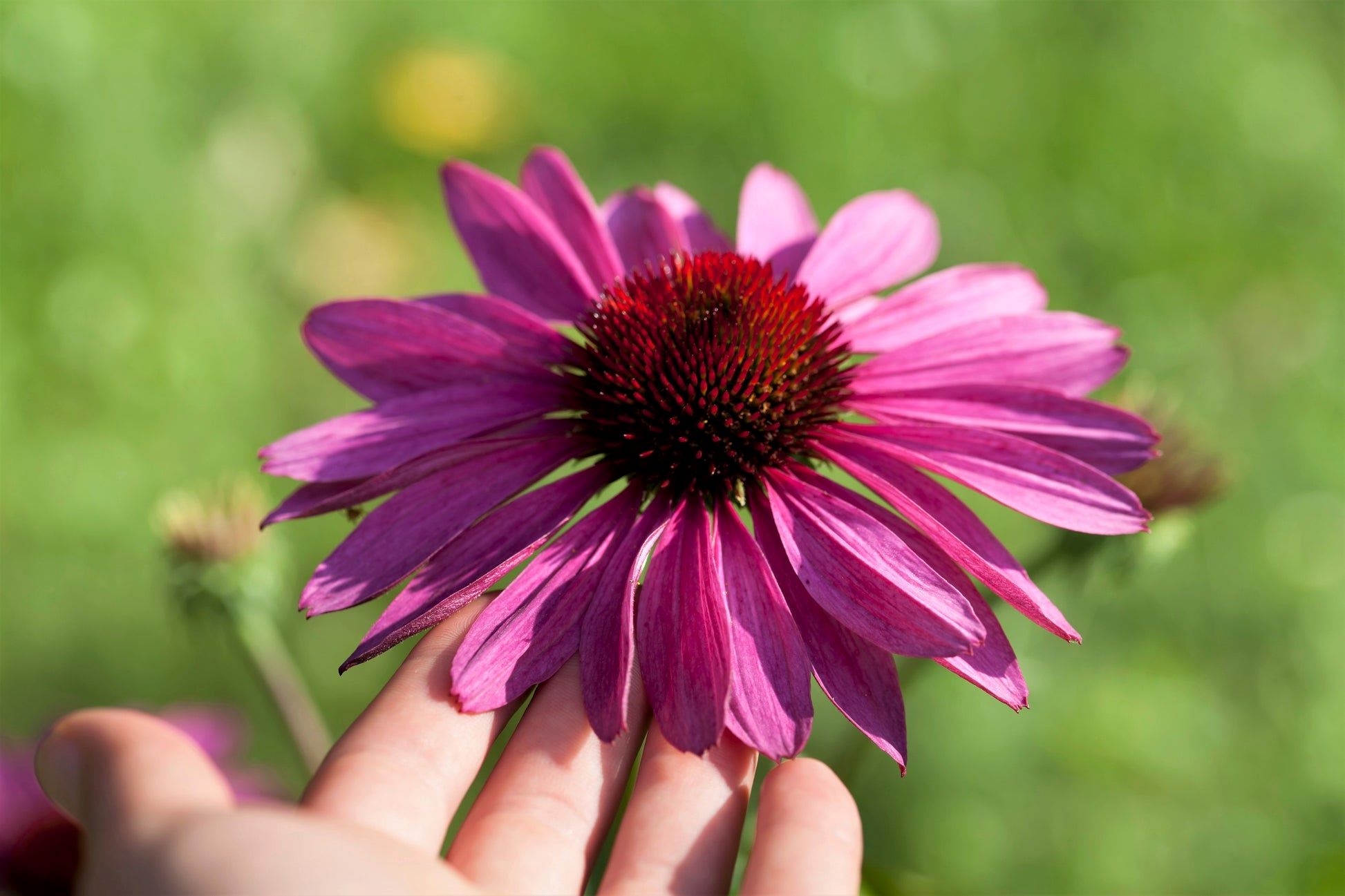
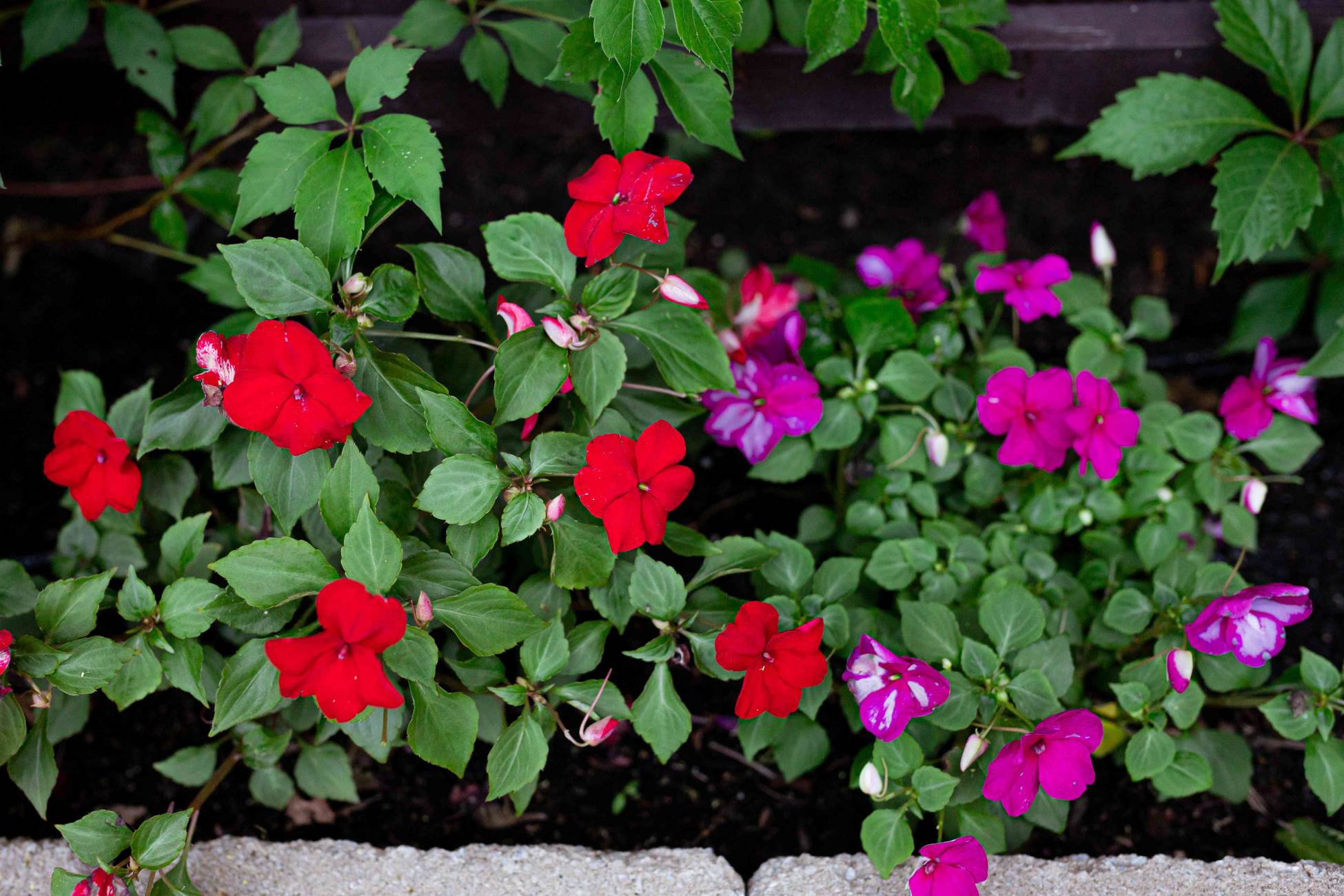
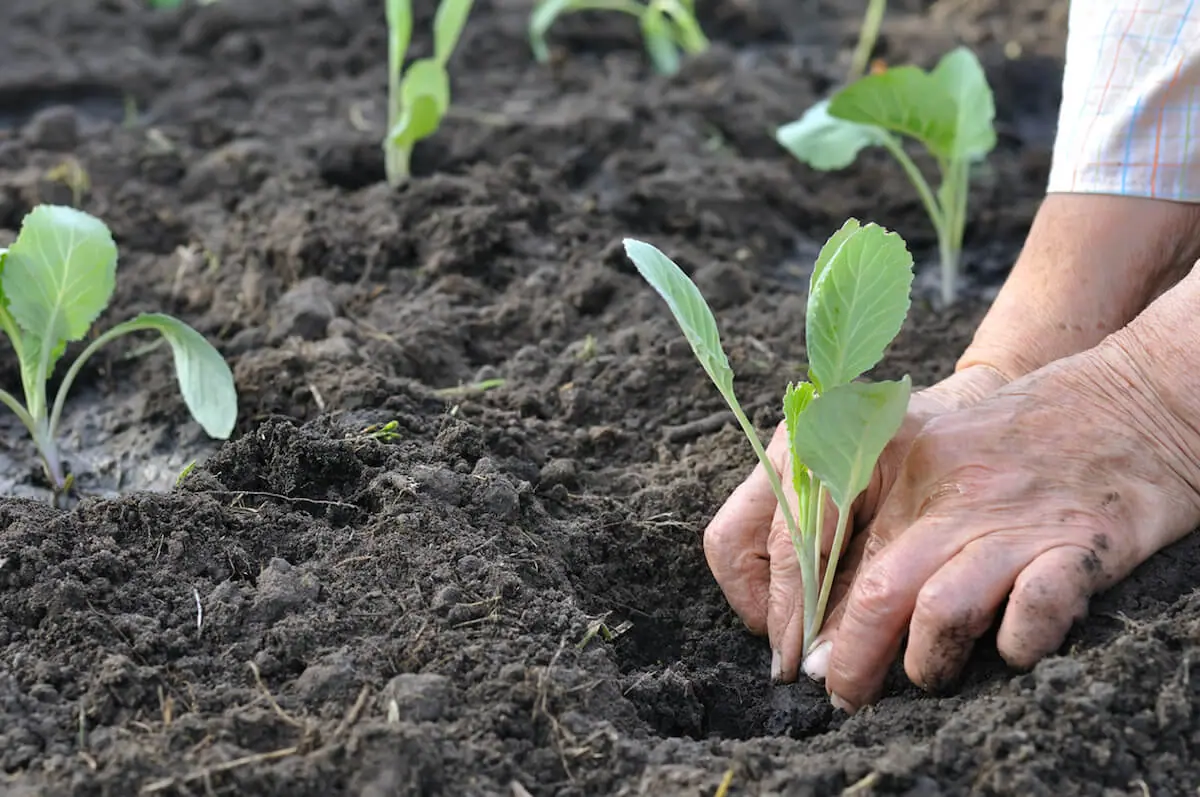
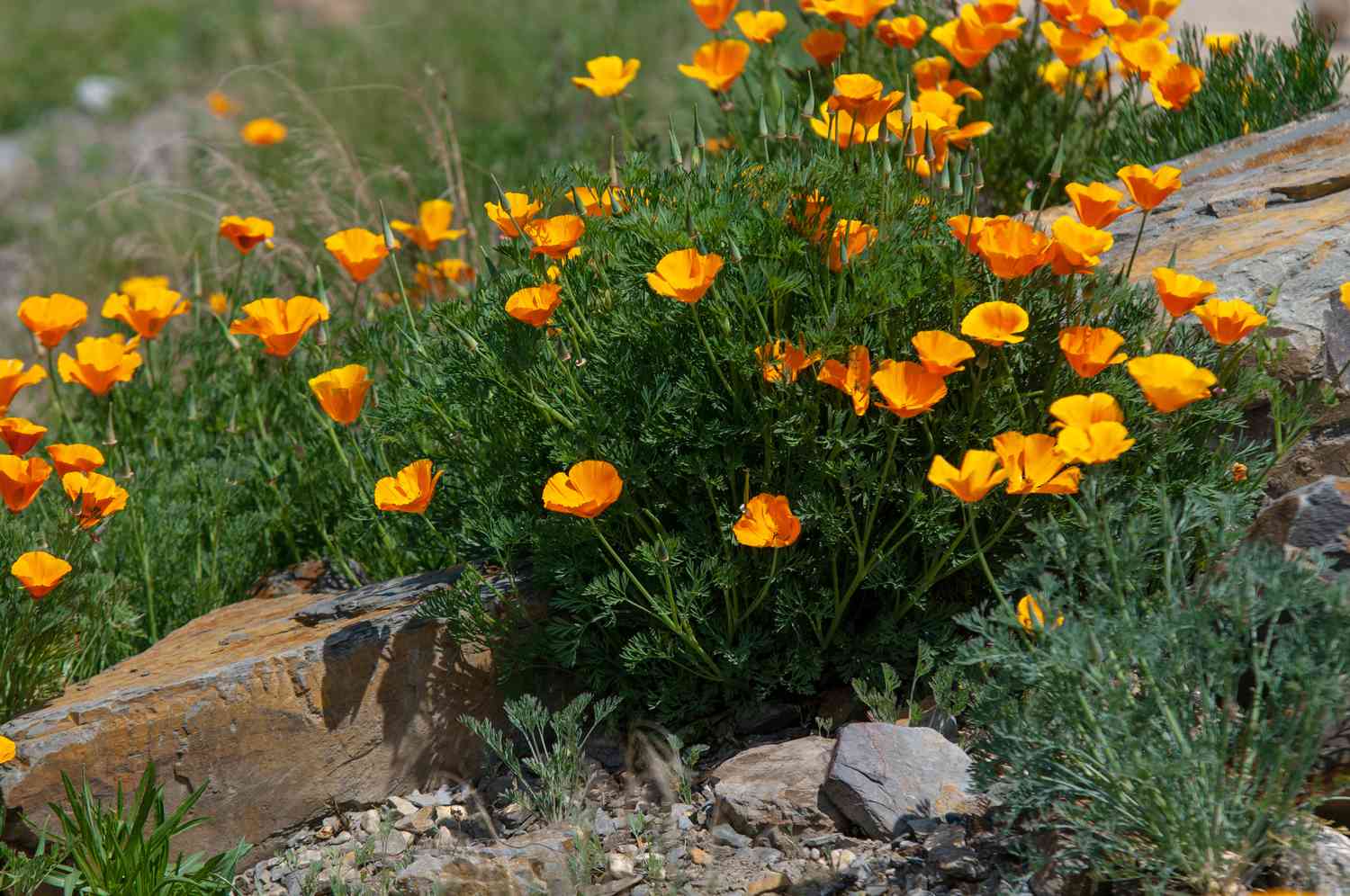
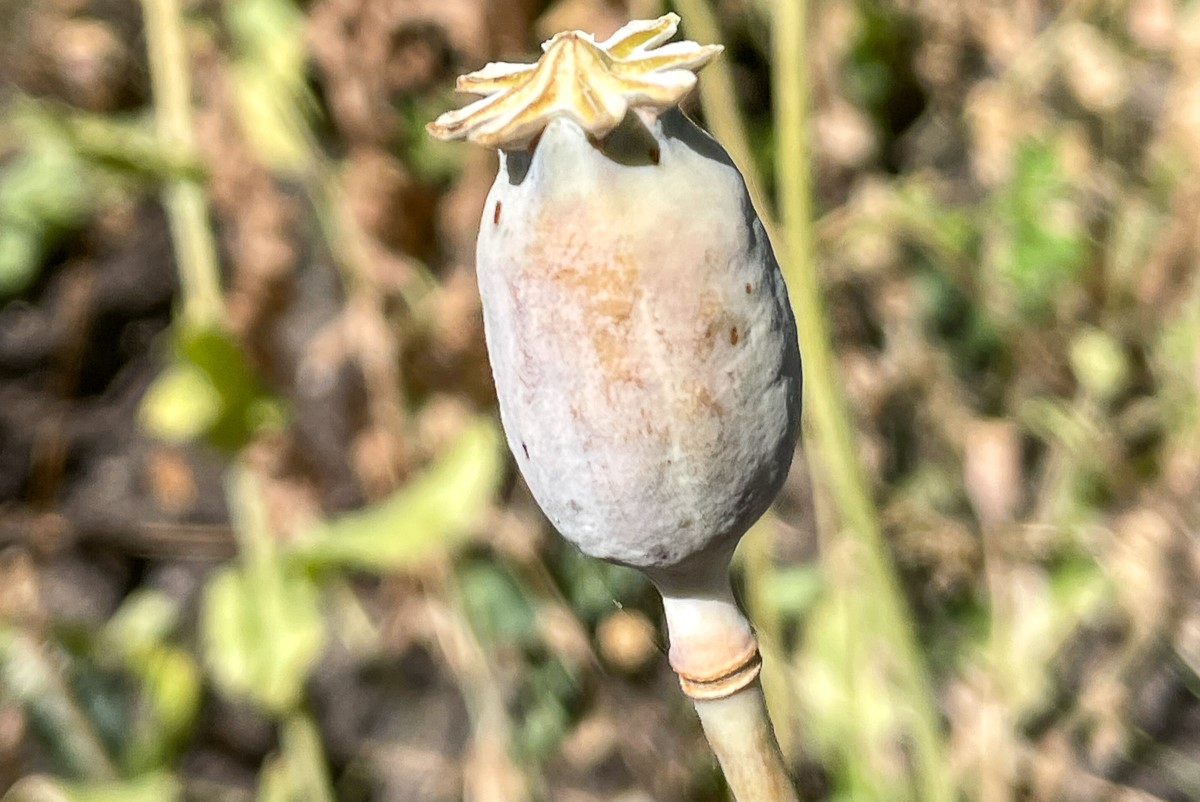
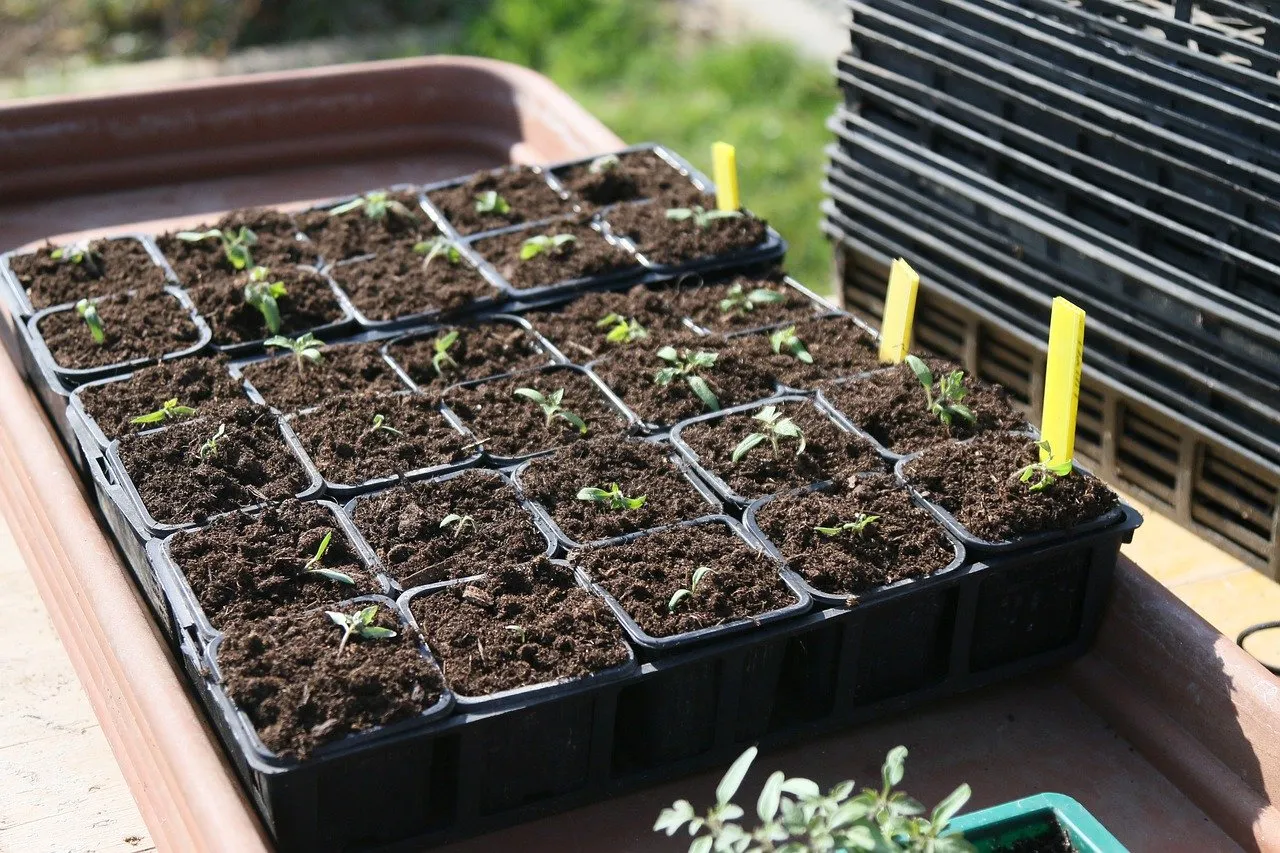
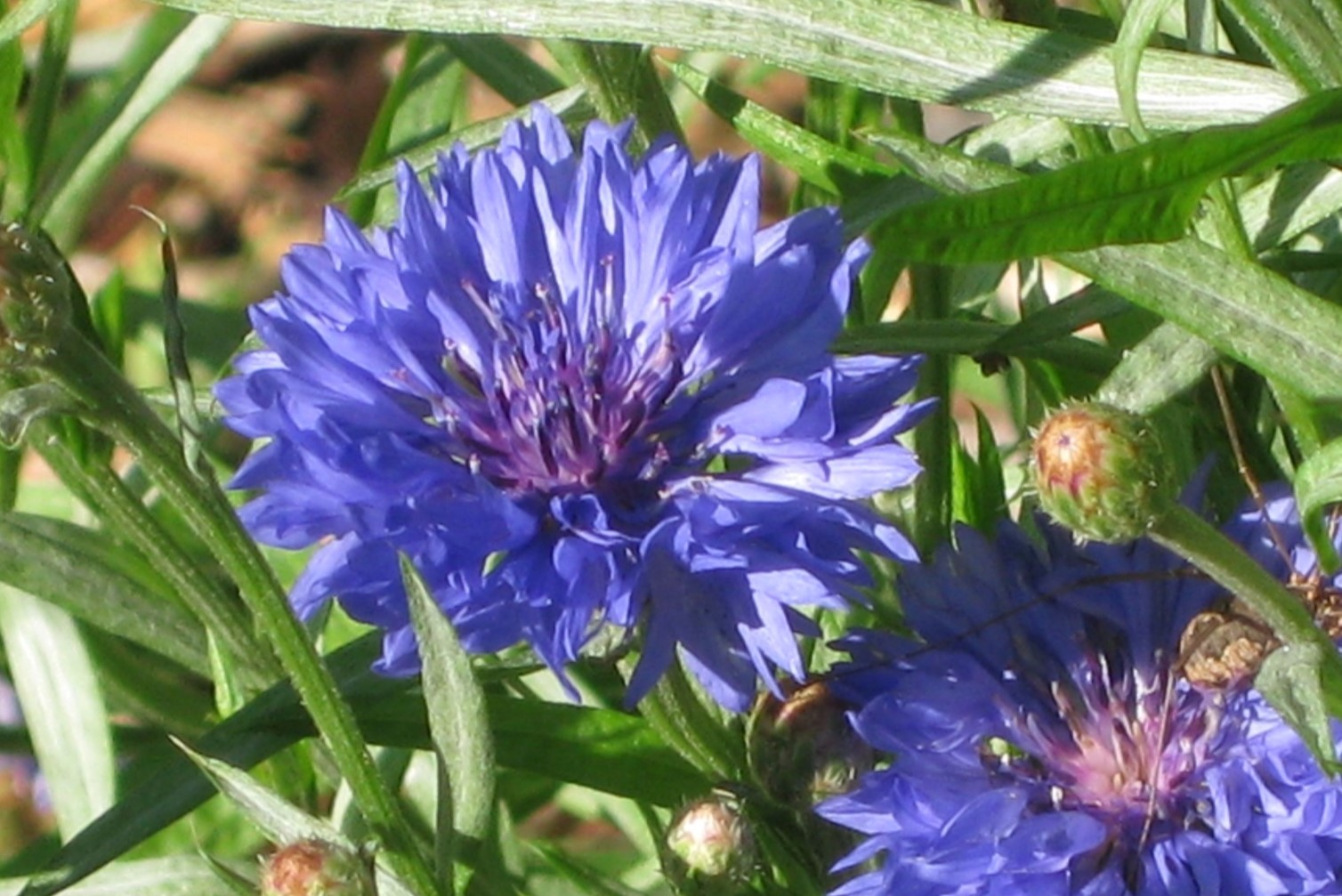
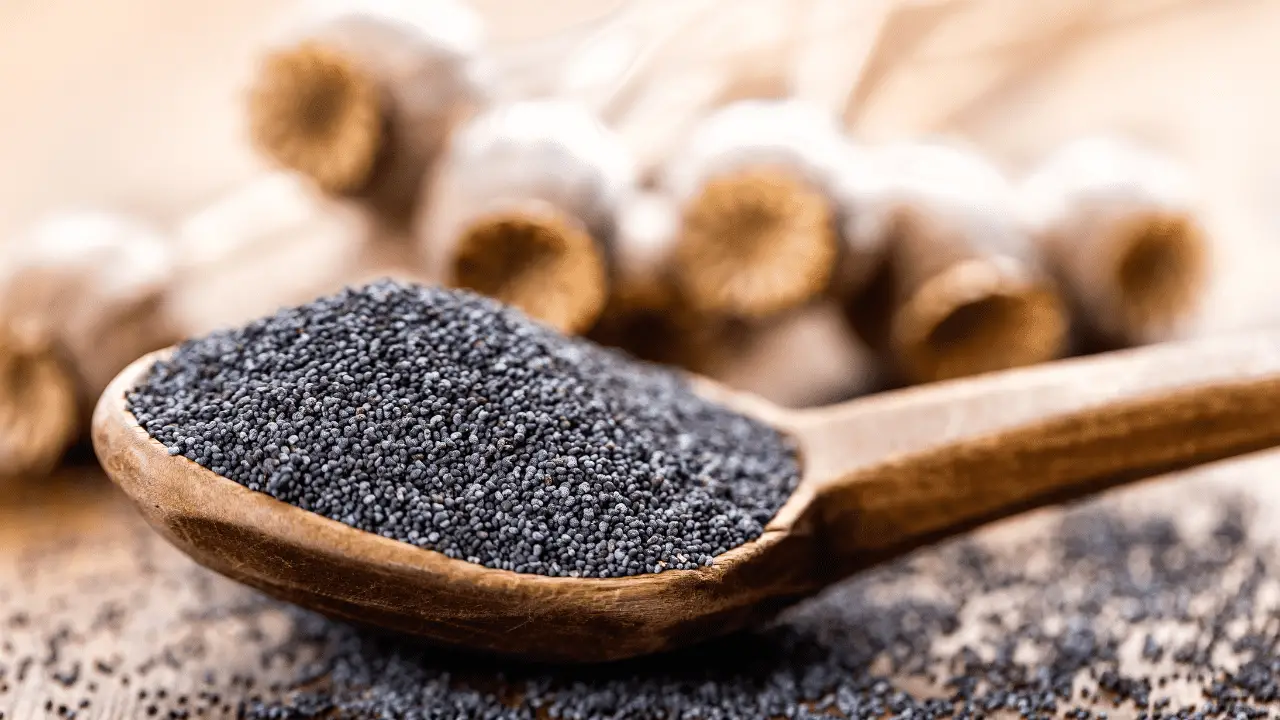
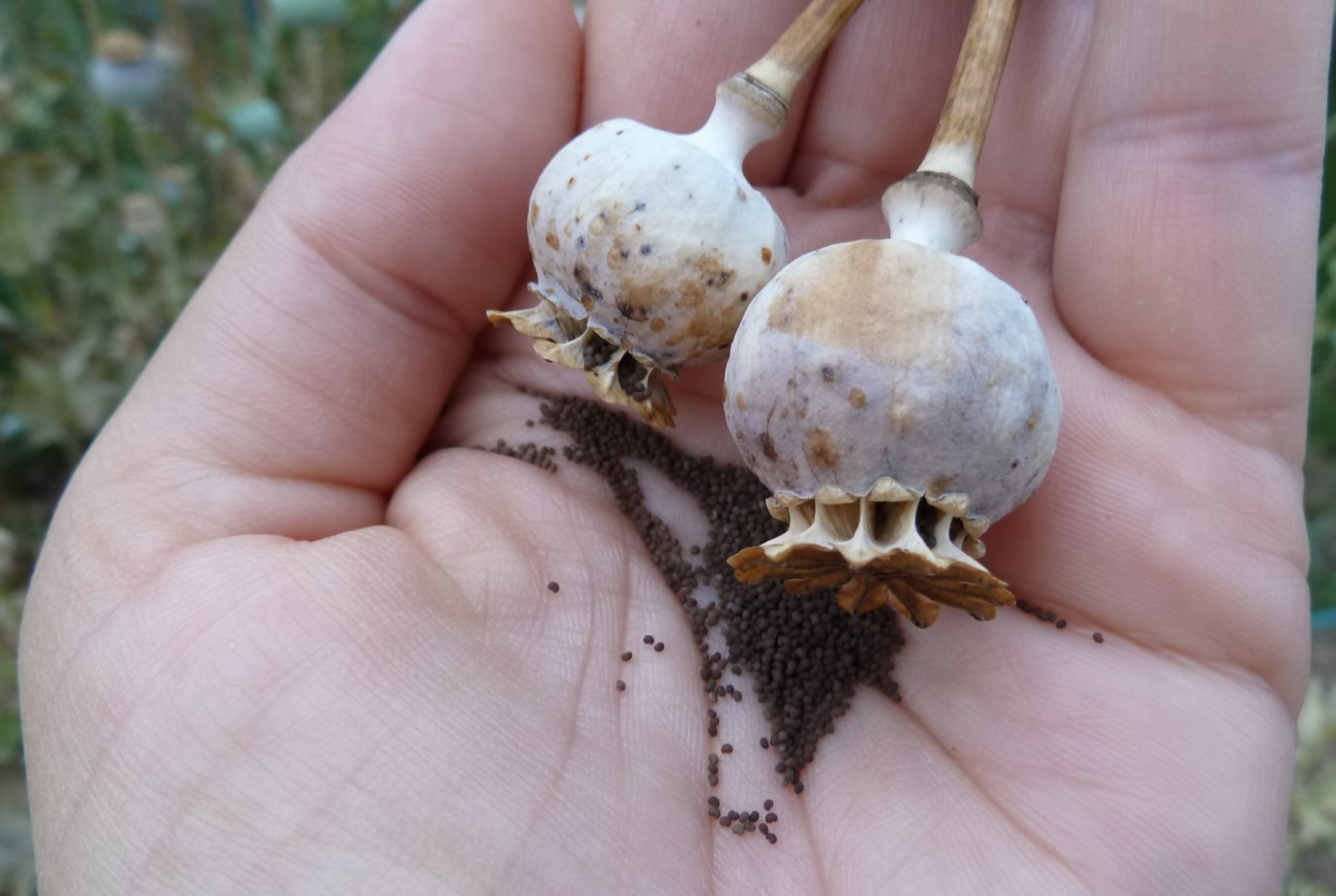

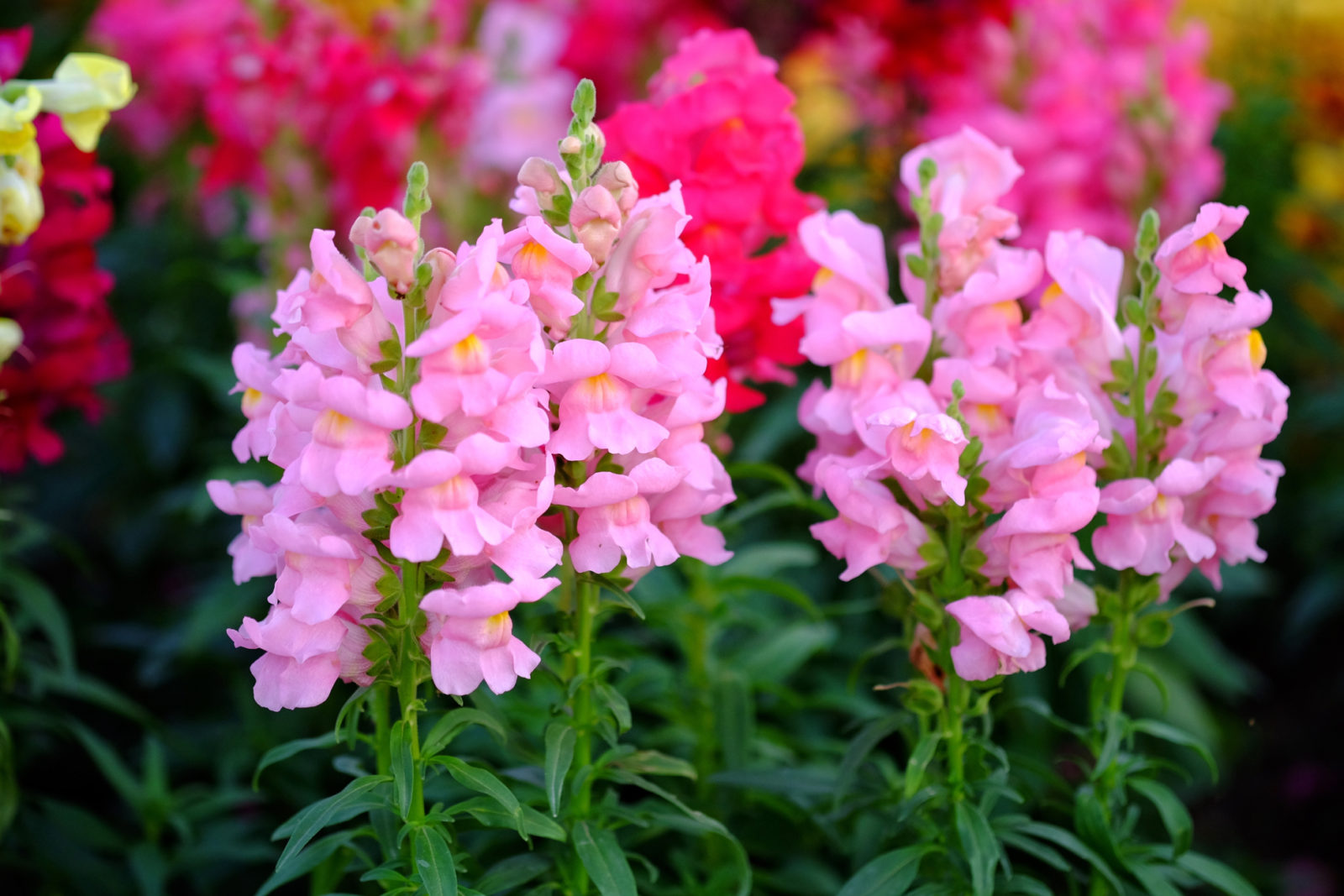
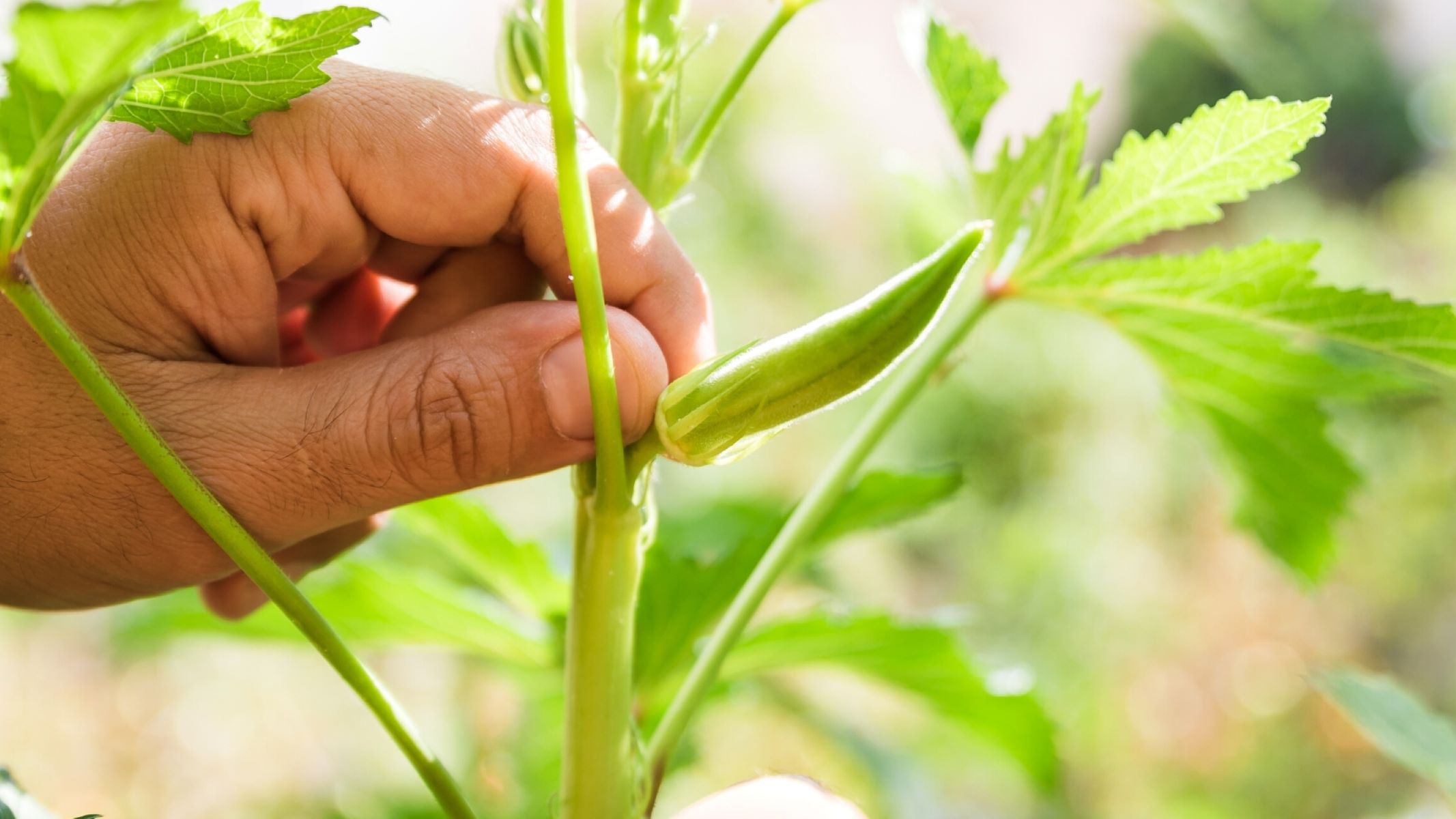
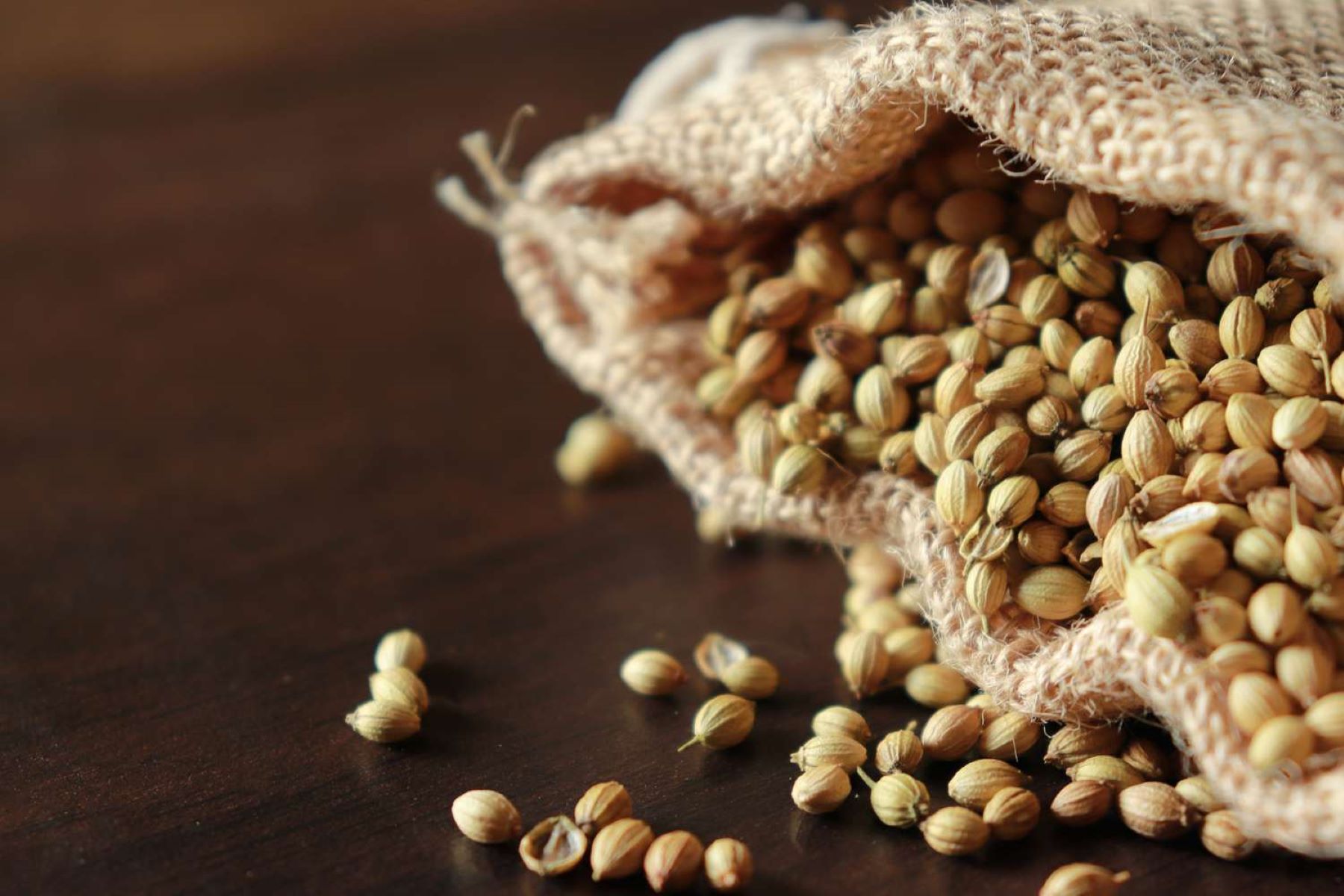
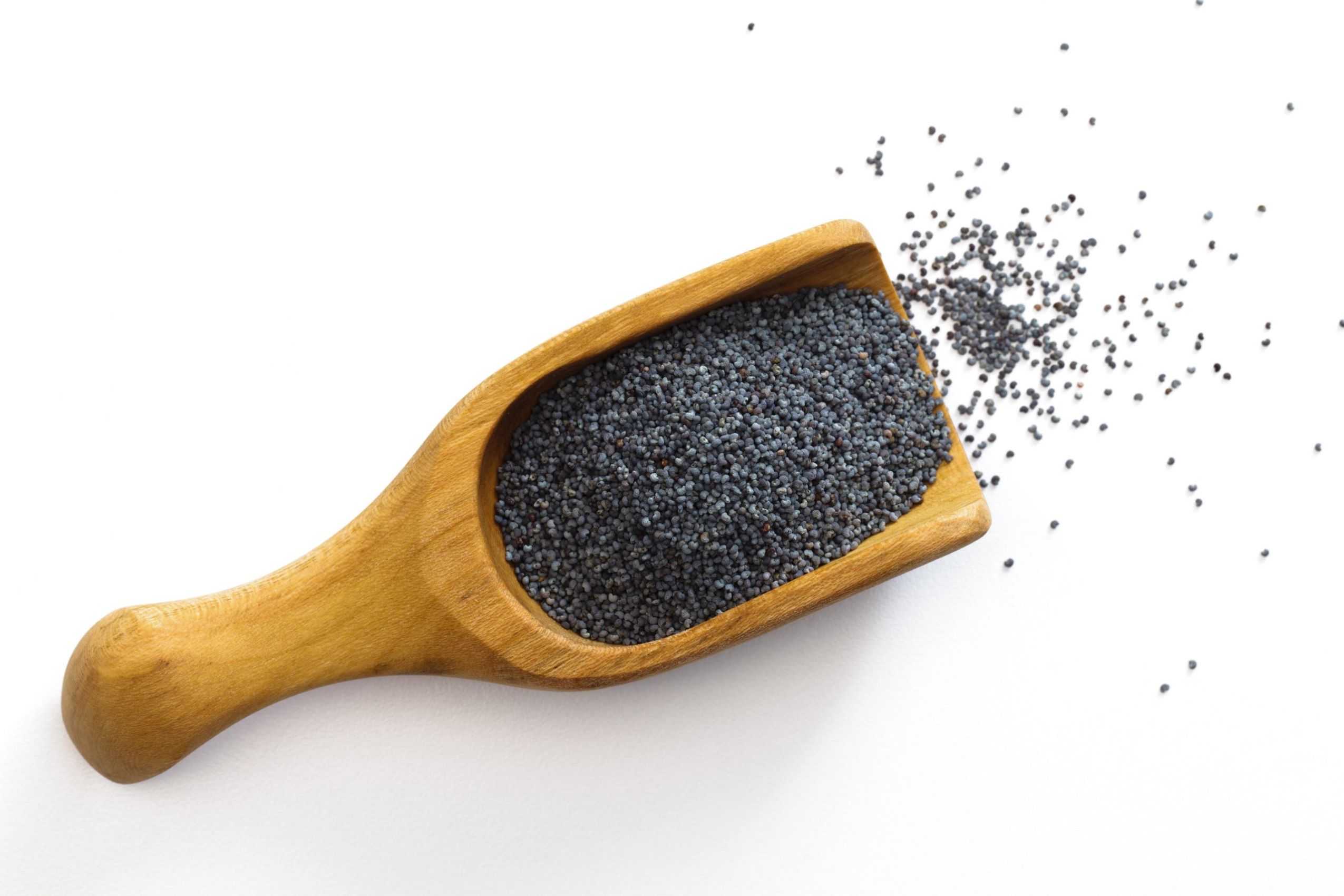

0 thoughts on “When To Sow Poppy Seeds”